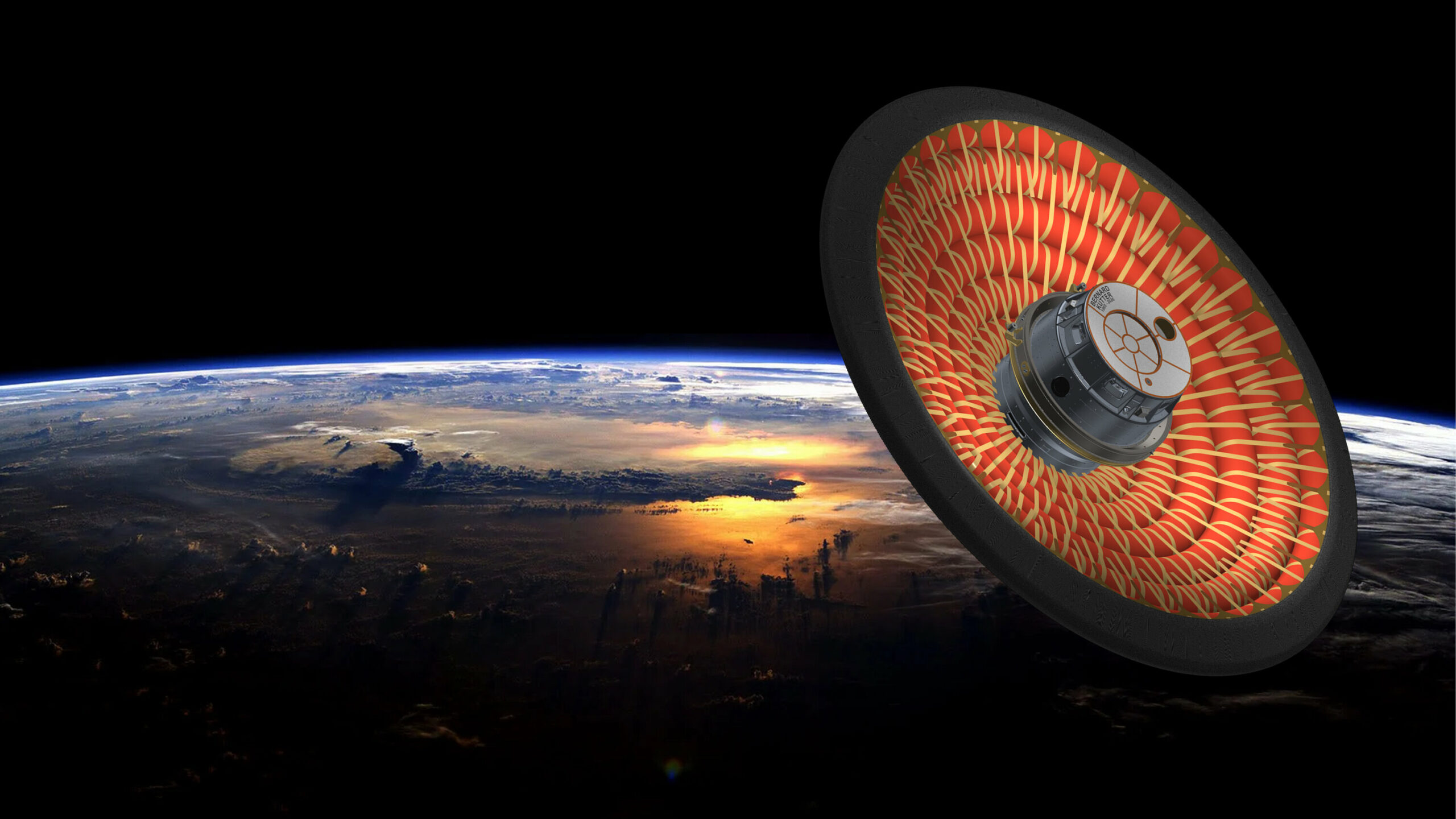In the cosmic ballet of aerospace engineering, NASA has taken on the role of a meticulous conductor, carefully orchestrating the symphony of space exploration with the recent launch and landing of the LOFTID (Low Earth Orbit Flight Test of an Inflatable Decelerator). Much like a seasoned chef perfecting a delicate soufflé, NASA’s efforts with the LOFTID reflect a commitment to innovation while remaining grounded in the immutable laws of physics, particularly regarding heat shields.
The vast expanse of space presents an array of challenges, not the least of which is the intense heat generated during atmospheric re-entry. The quandary of safeguarding delicate equipment and potentially human lives from the searing temperatures is akin to navigating a labyrinthine puzzle, where the solution is as elusive as it is vital. LOFTID’s inflatable heat shield, a product of advanced engineering, serves as a unique answer to this formidable dilemma.
Picture a giant marshmallow—soft, yielding, yet surprisingly robust. This metaphor captures the essence of LOFTID’s design. By utilizing inflatable deceleration technology, the heat shield expands upon deployment, enveloping the spacecraft in a protective embrace. This design not only offers greater surface area to dissipate heat but also lightens the load, allowing NASA to optimize payload capacity for future missions. It’s like investing in a well-fortified umbrella before a torrential downpour: it may appear simple, yet the ingenuity behind it is profound.
The conceptualization of an inflatable heat shield marks a pivotal shift from traditional rigid systems, which often sacrifice weight and bulk for minimal insulation efficacy. By diverging from the conventional path, NASA is not merely playing a game of physics; it is redefining the very rules of engagement. This audacious shift underscores the agency’s commitment to pushing the boundaries of what is technically feasible. It is a calculated risk, reminiscent of a tightrope walker placing their trust in both the strength of their balance and the safety net below.
Furthermore, the successful deployment of LOFTID opens the door to a plethora of future applications. Its design could potentially revolutionize not just journeys to Mars, but also missions involving the outer planets, significantly altering humanity’s trajectory through the cosmos. As NASA dances on the precipice of the unknown, the inflatable heat shield exemplifies a marriage of safety and innovation—a true testament to the power of human ingenuity amidst the relentless pursuit of exploration.
As we watch this narrative unfold, it is essential to appreciate the intricate balance of risk and reward that characterizes space exploration. In NASA’s ceaseless quest to traverse the stars, the lesson learned with LOFTID is clear: embracing innovation while diligently playing it safe can lead to groundbreaking achievements—those of which may one day redefine our understanding of the universe. Through the lens of the LOFTID project, we witness the harmonious blend of scientific rigor and imaginative creativity, a reminder that the sky is not the limit, but merely the beginning.
